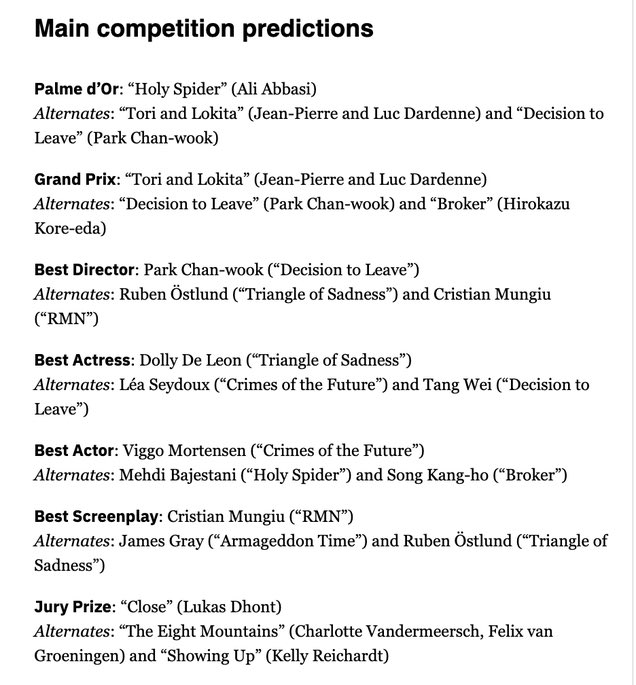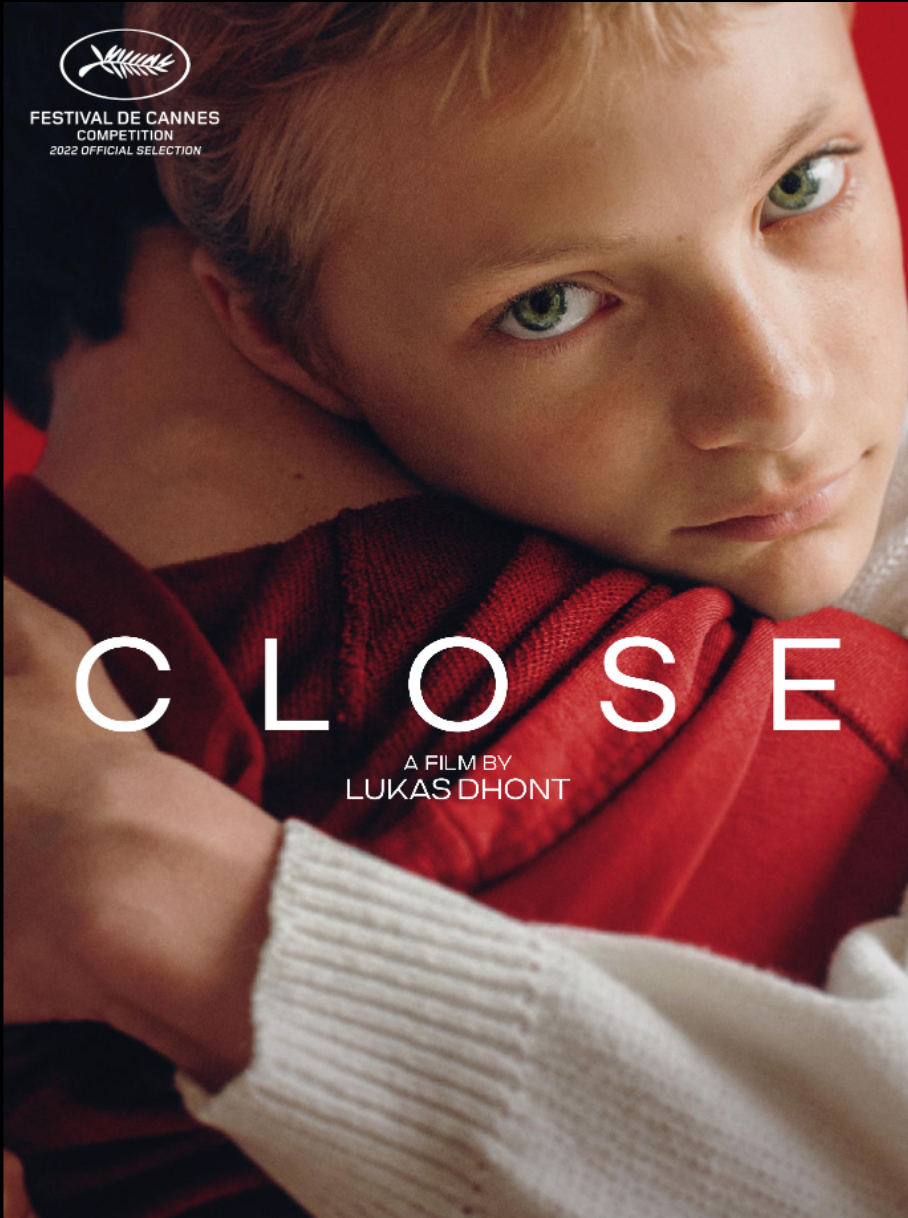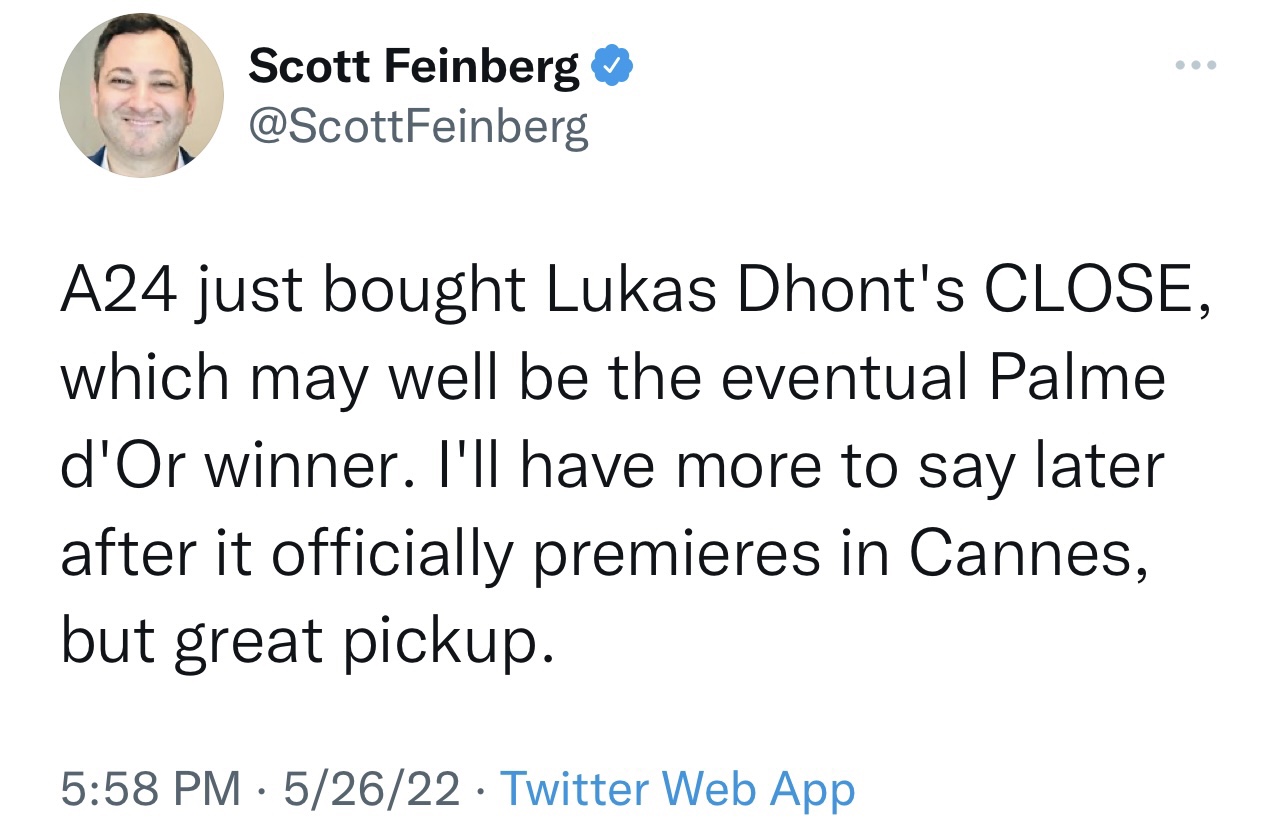From Glen Kenny’s 5.26.22 N.Y Times piece about Ray Liotta:
“The Henry Hill part came at a point when Ray Liotta might have been headed for a career as a character actor.
“He was unforgettable in Jonathan Demme’s Something Wild, as an ex-boyfriend of Melanie Griffith’s whose possessiveness explodes in still-shocking violence. And in Field of Dreams he played a reincarnation of the disgraced ballplayer Shoeless Joe Jackson. Sometimes the crinkle in his eye reminded the viewer of the man’s corruption, but his portrayal was mostly of an awe-struck love of the game he could now play forever in a Midwestern cornfield-turned-ballpark.
“When Goodfellas was announced, more than one of its eventual cast members told me that it was the movie every New York and Los Angeles actor wanted in on. And Liotta was no exception.

“Everyone liked him for the part save the producer Irwin Winkler. He did not see the actor’s charm. In his book ‘A Life in Movies’, Winkler recalls Liotta coming to his table at a Santa Monica restaurant and asking for a word. ‘In a 10-minute conversation he (with charm and confidence) sold me on why he should play Henry Hill,’ the producer wrote. When I interviewed Winkler, he said, rather sheepishly, ‘You heard the story of me not wanting Ray?’ I told Winkler I had and said, ‘I can’t see anyone else doing it.’ Winkler responded ‘Nor can I.’
“As it happened, I was not able to interview Liotta himself for my book, ‘Made Men: The Story of Goodfellas‘.
“Early talks with his publicist were promising. It was possible that I could get some time with him when he was in New York promoting Marriage Story at the New York Film Festival; then it wasn’t. We were both represented by the same agency; no dice. He was in a film on which a few close friends of mine were crew members. Can’t go there. And as I worked on the book, I heard several accounts of an intense, serious actor who, upon deciding he wasn’t going to do something, kept to that.
“He had spoken about Goodfellas in other interviews, including an oral history that ran in GQ in 2010. The shoot had its challenges: He suffered the death of his mother halfway through and felt at least slightly shut out by male castmates like Robert De Niro and Joe Pesci.
“Going through De Niro’s papers at the Harry Ransom Center at the University of Texas at Austin, ‘I came across a thank-you card from Liotta, and inside was a handwritten note: ‘Bob, Now I can tell you how much of a trip it was to work with you. You’re the best. Hope we can do it again. But I really mean Do It!'”

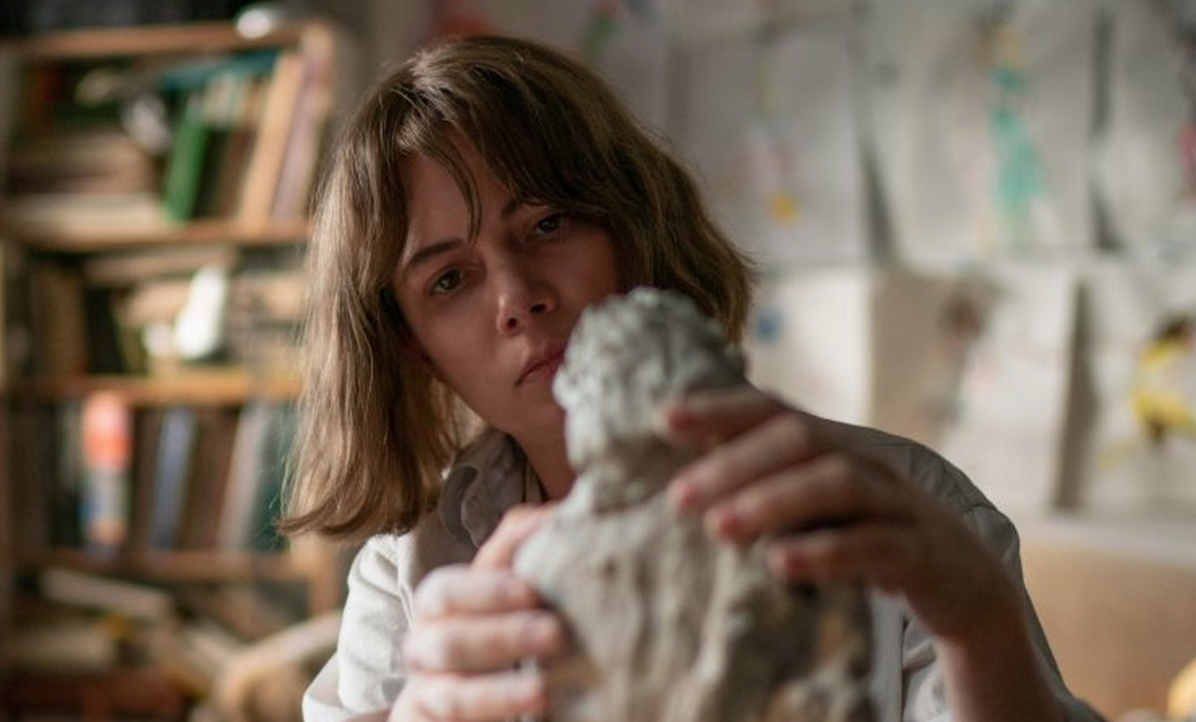
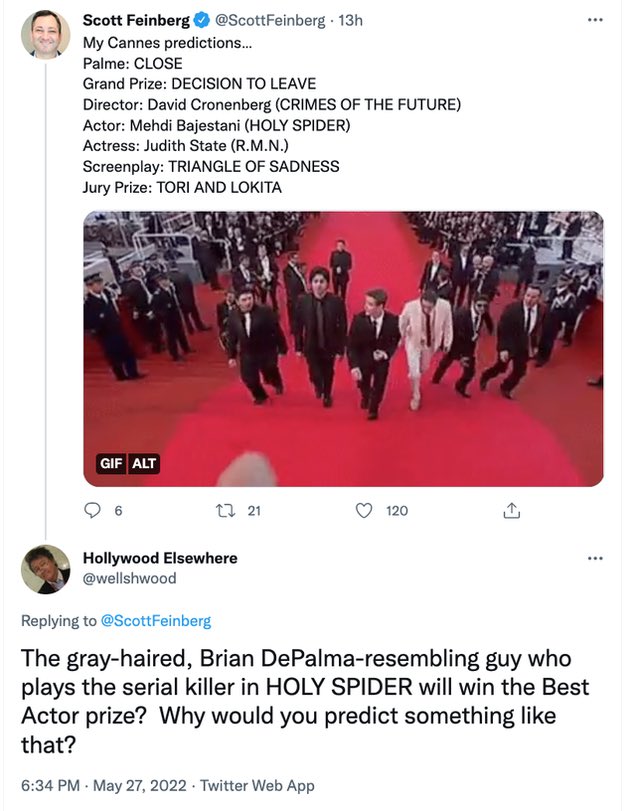 em
em

